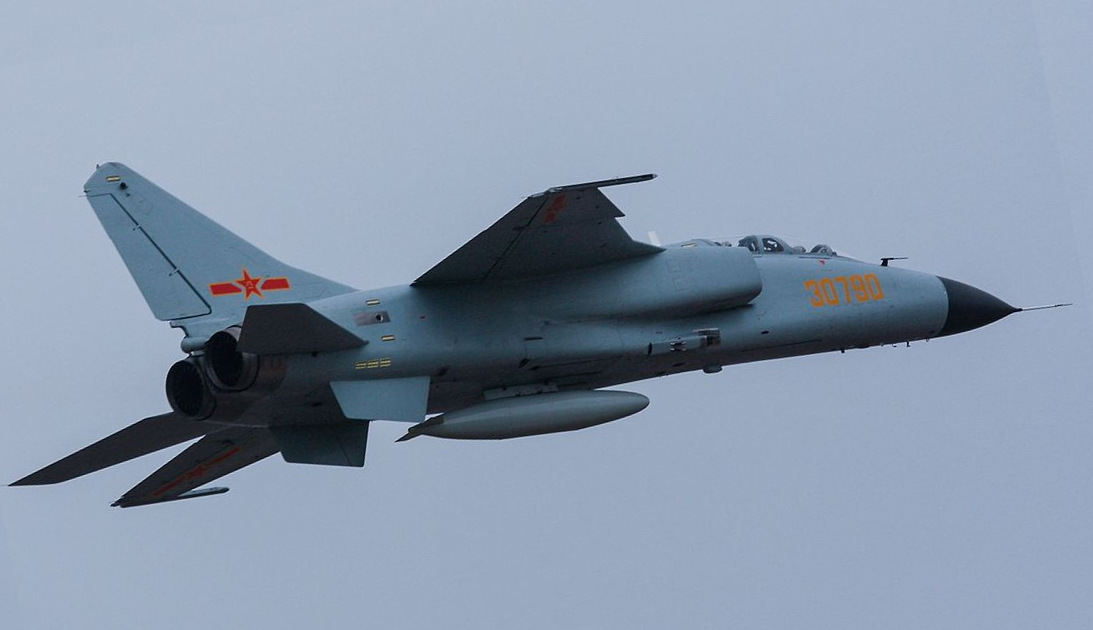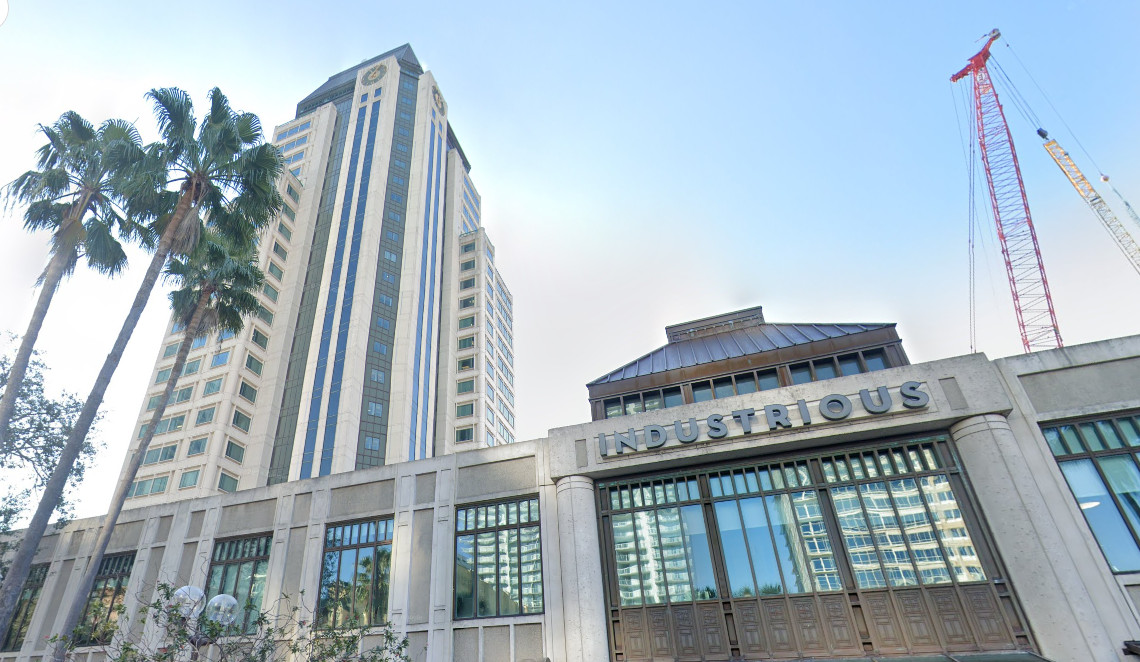DHAKA, Bangladesh (ViaNews) – The year 2017 was a showdown of Chinese ‘airpower’ over the East and South China Sea, though the previous two years were full of showdowns in the ‘maritime’ front.
During the second half of 2017, the air force of the Chinese military, officially named as People’s Liberation Army (PLA), has increased its flyovers into the Taiwanese air defence zone. In 2017, the reported numbers of such flyover over the Taiwan Strait, otherwise known as Formosa Strait, varies from 19 to 25.
Taiwan alleged some of these flyovers as trespassing of its airspace by the mainland Chinese air force, though Beijing sees the issue differently. For Beijing, Chinese air force does not violate any international law with these flyovers as Beijing claims sovereignty over the island, which it regards as a rebel province.
Due to the increasing number of Chinese military manoeuvres – including aerial exercises and patrols – in and around the Taiwan Strait, experts have recently voiced their apprehensions over the possibility of a mainland military assault on Taiwan to take over the island.
Chinese aircrafts over Taiwan airspace
Throughout 2017, Chinese warplanes and bombers flew over the disputed South China Sea during military training drills and aerial patrols in order to project before China’s adversaries its preparedness for any future ‘aerial’ combat and to portray China’s growing ‘aerial’ dominance in the region.
In one of the recent instances, PLA warplanes, on November 23, flew past the Bashi Channel between the Philippines and Orchid Island of Taiwan. For Taiwan, this was a trespass of its airspace by the Chinese air force. On December 7, the defence ministries in Taiwan and Japan said that PLA warplanes had flown to the high seas off southeastern Taiwan, joining PLA warships. In another recent incident on December 17, the Taiwan defence ministry said that a group of PLA planes flew over Taiwan’s east coast, before heading back via roughly the same course.
According to an Asia Times’ article, the December 17 flyover was the 19th flyover of the Taiwan Strait by the Chinese air force in 2017. On the other hand, according to a Daily Mail article which cited AFP as the source, the Taiwanese defence ministry said that 25 aerial drills were conducted in between August and mid-December in the same year.
Irrespective of the differences in the reported numbers of the flyovers, these are becoming a regular affair, inducing Taiwanese people, government and military to accept – perhaps subconsciously – the flyovers as a routine issue.
However, Chinese military aircrafts were unlikely to fly far inland above major Taiwanese cities, said Taipei-based Liberty Times. On the contrary, Global Times, which is considered to be a Chinese government mouthpiece, urged the PLA to conduct direct flyovers of towns and cities on the island – even above Taipei, the Taiwanese capital.
In a rare incident on December 7, the pilots from PLA and Taiwanese military aircrafts exchanged words on the emergency channel. The PLA pilot was reported to have said to his Taiwanese counterpart that the Taiwanese aircraft should leave the surrounding airspace immediately or else the Taiwanese pilot could ignore the warning and proceed at his peril. Such a ‘threatening gesture’ from neither of these parties to the other was reported before, though one incident of exchange of words between the pilots from two sides was reported to have taken place in June 2017.
China preparing for strikes, experts predict
Macau-based military observer Antony Wong Dong said that the Chinese aerial patrols near Taiwan are aimed at collecting “up-to-date military intelligence” and that “the PLA is stepping up its preparations for war against Taiwan.” He believes that Chinese Tu-154 – PLA’s largest reconnaissance aircraft which flew close to Taiwan in November 2017 – is able to survey and map Taiwan’s military bases, which will be very useful if China launches a military strike against Taiwan.
From Beijing-based naval expert Li Jie’s words, it also appears that the PLA is preparing for future war with Taiwan with its intensive patrols around the island. For this purpose, the mainland needs to update all of its military intelligence on Taiwan, including the number of warplanes Taiwan have in the island and Taiwan’s allies have in the region.
According to Taiwan’s annual national defence report of 2013, the mainland China has been hastily modernizing capabilities of its military – including the air force – in order to prevent any intervention from Taiwan’s allies when the mainland China launches strikes in future to take over the control of the island. According to the report, the Chinese military could be ready by 2020 for such a takeover.
Ian Easton, an analyst with the think tank ‘Project 2049 Institute’ too suggested – in his book “The Chinese Invasion Threat: Taiwan’s Defence and American Defence in Asia” – that newly disclosed internal military documents hint China has secret plans to invade Taiwan by 2020.
The book, which is claimed to be based on internal Chinese military documents, states, “Of all the powder kegs out there, the potential for a war over Taiwan is by far the largest and most explosive.” The book further states that the Chinese military expansion is driven by the PLA’s intention of taking over Taiwan. The PLA intends to attain a paramount military capability in the region in order to not just defeat Taiwanese forces, but also destroy forces allied to Taiwan, including the US forces.
According to the book, Chinese President Xi Jinping’s commitment, which was made five years ago, to continue the 2020 Plan – whereby China build and deploy a complete operational capability to use force against Taiwan by the year 2020 – was a confirmation of the invasion plan.
Andrei Chang, a Hong Kong-based military commentator, wrote in one of his columns that China worries that if it engages its military to reclaim Taiwan in an instant where Taiwan declare independence, India – the South Asian neighbour which has never been amicable with China – might “stab it [China] in the back”.
China threatens Taiwan, Taiwan warns back
In mid-2017, the US Senate Armed Services Committee approved regular US naval visits to ports in Taiwan, as reported by The Wall Street Journal. The move was followed by Chinese diplomat Li Kexin’s warning, “The day that a US Navy vessel arrives in Kaohsiung [Taiwan’s main port] is the day that our People’s Liberation Army unifies Taiwan with military force.”
His words were categorized by the Taiwanese authorities as a threat to the island. Chang Hsiao-Yueh, Taiwan’s mainland affairs minister, had declared that China would “pay a very very high price” if it invaded Taiwan. In backing her warning, she further said that Taiwan has enough defence to safeguard itself.
What lies ahead?
It appears from the Chinese military activities in recent years that the day might not be too far when mainland Chinese forces would carry out a large-scale all-out assault on Taiwan. All the drills – aerial, maritime and dryland – performed over the years in and around the Taiwan Strait are confirmations to this long-predicted upcoming assault.
Further confirmation to such upcoming assault could be found from the news of Chinese military drill in an Inner Mongolia’s training base in August 2017, where a mock drill took place centering a Taiwanese Presidential Palace’s complete replica.
However, a complete takeover of the island will not be easy due to Taiwan’s military preparations that it has been taking since 1949 in order to tackle an obvious and long-predicted future Chinese assault on the island.








